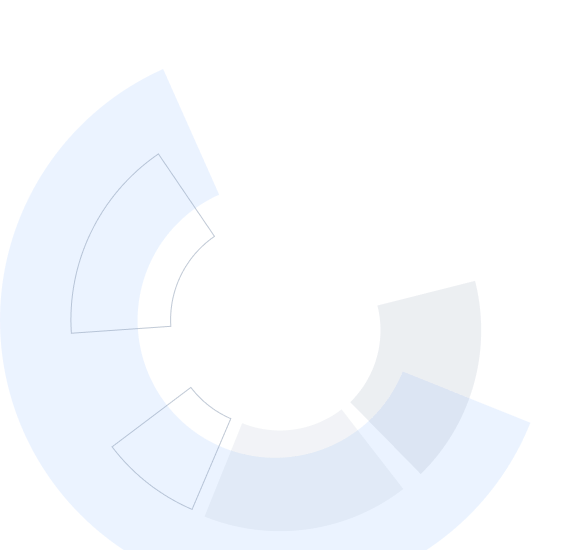This specialization is intended for people with an intermediate understanding of C++. These topics include basic syntax, control structures, loops, methods, and object-oriented programming. The skills in this specialization will help you learn about the underlying computer science concepts, algorithms, and structures that every software programmer should know. In these three courses, you will cover everything from learning how to design and analyze algorithms and how to implement and modify linear and non-linear data structures. Topics include lists, trees, heaps, hash tables, graphs, and sets.
Applied Learning Project
Learners will put their data structures and algorithms knowledge to use by building some practical projects. They will create a Wordle solver that uses searching algorithms to help narrow down the list of possible answers. Another project is a reservation system that handles guest information and seating logic. Projects include instructions to upload them to your GitHub portfolio.













